Champagne Eric Rodez, Cuvée des Grands Vintages, Grand Cru, Brut
About this WINE
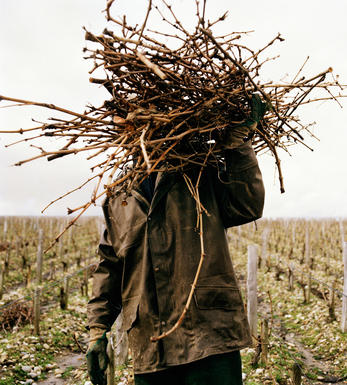
Champagne Eric Rodez
Eric and Martine Rodez are the eighth generation (and now with their son Mickael, the ninth generation) of winemakers who first started in 1757 in the great Grand Cru that is Ambonnay. This is a prime site for Pinot Noir due to favourable altitudes (130m average) and S/SE-facing slopes which decrease risk to frost exposure, and the all-important chalk, limestone and clay-limestone that enable production of powerful but elegant Pinot Noir fruit (Rodez don't grow Pinot Meunier but they do have Chardonnay).
In addition to his experience in the family business, he has worked elsewhere in Champagne, including as oenologist at Krug, where the blending of small parcels and multi-vintages going back many years, as well as their work with oak barrels, is perhaps most clearly evidenced in his Cuvée des Grands Vintages. Since the mid-1980's and after a particularly difficult harvest in 1984, he travelled and gathered experience in various wine regions including Alsace where he took special note of organic vineyard practices, which he brought back to his 6ha domaine. This he felt was needed to bring out the special characteristics of Ambonnay and the champagnes that the region can produce.
To really bring out the minerality and almost sensuality, or as he says, the musicality of the wines, he felt that he needed to go further and so for the past eight years has moved into biodynamic production. In a marginal climate area such as Champagne this is a potentially risky route to take, but one taken by several of the growers whose champagne we stock. As part of this, they have also embraced aromatherapy essential oils in the fight against diseases such as mildew. Eric's aim to be as nature-friendly as possible was recognised by his receipt in 2012 of the Haute Valeur Environnmentale (HVE) certificate which covers not just organic farming but also biodiversity and water management on farms. And if that wasn't enough, in addition to his work as chief oenologist and vineyard manager, his dedication to the region is such that he is also the Mayor of Ambonnay!
Edwin Dublin, Champagne Specialist
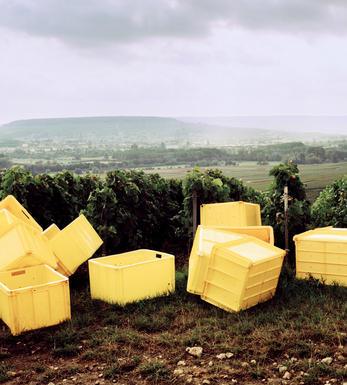
Champagne
Our wine buyers leave no stone unturned in their quest to find the best Champagnes, and Berry Bros. & Rudd takes particular pride in its eclectic range of artisan Champagnes that represent a real sense of terroir, original winemaking, labour-intensive viticulture (often organic/biodynamic) and the uncompromising excellence of the end product.
How Champagne is made
In 1668, in the village of Hautvillers, the monk turned cellar master, Dom Pérignon, is said to have discovered how to make sparkling wine; while the same technique is used all over the world today, the region of Champagne continues to make some of the finest.
So what makes wine sparkle? Adding a solution of sugar and yeast to a white wine starts another fermentation in the bottle which results in the bubbles. Once the yeasts have done their job, a sediment known as ‘lees’ collects on the side of the bottle; contact with this deposit during maturation gives the wine its characteristic flavours of freshly-baked bread, toast and biscuit. Once this sediment is isolated (remuage) and removed (dégorgement), the Champagne is topped up with a sugar solution to make it dry or sweet
The Champagne Wine Region
Champagne is the most northerly wine region in France and is situated north-east of Paris. There are three main vineyard areas: Côte des Blancs, Vallée de la Marne and Montagne de Reims.
Ripeness of the grapes is often a problem, which is one reason why a blend of grape varieties is usually used: the white Chardonnay to give fruit and elegance, and two reds – Pinot Noir (particularly to provide a ‘backbone’) and Pinot Meunier.
In Champagne there are around 15,000 growers and 290 Champagne houses. Traditionally, growers have sold their grapes to the Champagne houses which account for 70 percent of production and 90 percent of exports. Recently, increasing numbers of growers are making growers’ Champagnes themselves, using their own grapes.
The Champagne houses used to be organized into a Syndicat des Grandes Marques, which had 28 members, not all of them of equal quality. That has now been superseded by the Club des Grandes Marques, with 24 participants: Ayala, Billecart-Salmon, Bollinger, Canard- Duchêne, Deutz, Dom Pérignon, Heidsieck & Co. Monopole, Henriot, Krug, Lanson, Laurent-Perrier, Moët & Chandon, G.H. Mumm, Perrier Jouët, Joseph Perrier, Piper-Heidsieck, Pol Roger, Pommery, Ch. & A Prieur, Louis Roederer, Ruinart, Salon, Taittinger, Veuve Clicquot-Ponsardin.
Champagne Styles
Vintage Champagne
Made exclusively from grapes grown in a single year, this is produced only in the best years, and is released at about six years of age.
Non-Vintage Champagne
Most of the Champagne produced today is Non-Vintage, comprising the blended product of grapes from multiple vintages. Typically grapes from a single-year vintage will form the base of the blend, ranging from 15 percent to up to 40 percent.
Rosé Champagne
Typically light in colour, rosé Champagne is produced either by leaving the clear juice of black grapes to macerate on its skins for a brief time (known as saigneé), or by adding a small amount of Pinot Noir red wine to the sparkling wine cuvée. The saigneé method is more elaborate and costly, requiring highly-skilled winemaking, hence only a few houses still use it – among them Laurent Perrier and Louis Roederer.
Luxury (Prestige) Cuvée
Top of the range, this is vintage-dated. Famous examples include Louis Roederer's Cristal, Laurent-Perrier's Grand Siècle, Moët & Chandon's Dom Pérignon, Duval-Leroy's Cuvée Femme and Pol Roger's Cuvée Sir Winston Churchill.
Demi-Sec (Rich) Champagne
Demi-Sec or Rich is a medium-dry to medium-sweet style which occupies the other end of the spectrum from the standard dry "Brut" style. Brut Natural or Brut Zéro contains less than three grams of sugar per litre, Extra Brut has less than six grams of sugar per litre, and Brut less than 12 grams of sugar per litre.
Recently Disgorged Champagne
R.D. (Recently Disgorged) style was introduced for the first time by Madame Bollinger in 1961, on the 1952 Bollinger Grande Année vintage. Late disgorgement allows the Champagne to retain its freshness, vivacity and fruity expression, despite the ageing.
Blanc de Blancs Champagne
Blanc de Blancs denotes a Champagne made exclusively from Chardonnay grapes.
Blanc de Noirs Champagne
Blanc de Noir Champagnes are made exclusively from black grapes, Pinot Noir (typically) and Pinot Meunier grapes. Bollinger's prestige cuvée Vieilles Vignes Françaises is the lead example.
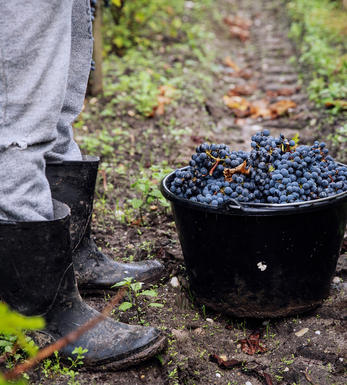
Champagne blend
Which grapes are included in the blend, and their proportion, is one of the key factors determining the style of most Champagnes. Three grapes are used - Pinot Noir, Chardonnay and Pinot Meunier.
26% of vineyards in Champagne are planted with Chardonnay and it performs best on the Côtes des Blancs and on the chalk slopes south of Epernay. It is relatively simple to grow, although it buds early and thus is susceptible to spring frosts. It produces lighter, fresher wines than those from Burgundy and gives finesse, fruit and elegance to the final blend. It is the sole grape in Blancs de Blancs, which are some of the richest long-lived Champagnes produced.
Pinot Noir accounts for nearly 40% of the plantings in Champagne and lies at the heart of most blends - it gives Champagne its body, structure, strength and grip. It is planted across Champagne and particularly so in the southern Aube district.
The final component is Pinot Meunier and this constitutes nearly 35% of the plantings. Its durability and resistance to spring frosts make the Marne Valley, a notorious frost pocket, its natural home. It ripens well in poor years and produces a soft, fruity style of wine that is ideal for blending with the more assertive flavours of Pinot Noir. Producers allege that Pinot Meunier lacks ageing potential, but this does not deter Krug from including around 15% of it in their final blends.


Buying options
Add to wishlist
Description
Eric and Martine Rodez are the eighth generation (and now with their son Mickael, the ninth generation) of winemakers who first started in 1757 in the great Grand Cru that is Ambonnay. In addition to his experience in the family business, Eric has worked elsewhere in Champagne, including as oenologist at Krug, where the blending of small parcels and multi-vintages going back many years, as well as their work with oak barrels, is perhaps most clearly evidenced in his Cuvée des Grands Vintages.
Comprising vintages 1996, 1998, 2002 and 2004, it has an abundance of rich Pinot fruit, overlaid with pâtisserie and brioche notes, and a seam of minerality from 30 percent Chardonnay.
wine at a glance
Delivery and quality guarantee